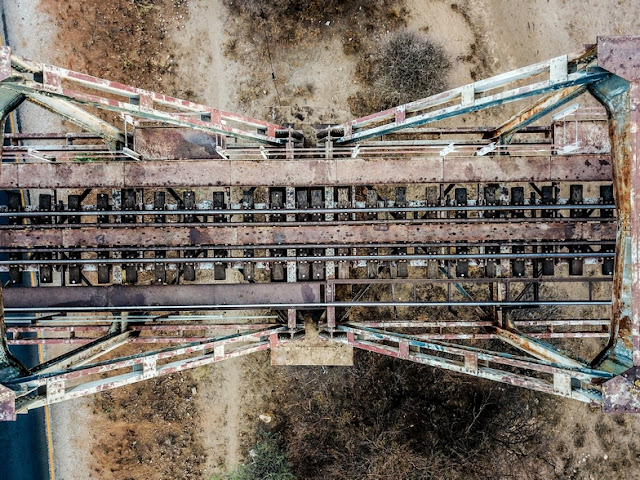A new era
And as for the railway, although animal- and man-drawn wheeled vehicles were pulled along grooves in limestone in the 6th century BC in Greece, and horse-powered funiculars and wagonways were in use in mid-16th century Germany, modern rail transport only began in Britain with steam locomotives carrying goods in 1802 and passengers in 1825. Trains and ships allowed access across the continents and over the oceans, heralding a new era for transportation and travel.
In Namibia
The first railway line in Namibia was a 21-kilometre track that was constructed in 1895 to transport pelts and guano to awaiting ships at Cape Cross, north of Swakopmund. The outbreak of rinderpest in 1897 had a devastating effect on the oxen and ox-wagon transport, which until then had been the country’s main means of transport. It motivated the construction of the railway line from Swakopmund to Windhoek, which reached Windhoek in 1902. From 1905 to 1907 the Lüderitz to Keetmanshoop line was constructed during the Nama uprising to convey supplies to troops. Stretch by stretch, the Namibian towns were linked by railways conveying goods and passengers, and bustling stations emerged along the routes. While many local labourers were involved in the construction of the Namibian railway - including forced labour in the early years, in 1904 there was a shortage of labourers and Europeans (mostly Italians) were brought in as the work force.
Upon commencement of their contracts, they found that the working conditions were harsh and the payment considerably less than they were promised, triggering the first railway strikes. During the depression years in the 1920s work on the railway was offered to "blanken" - whites - (as seen in the 1921 newspaper advert), who were agreeable to work with pick and shovel, in a job-creation initiative. More than a hundred years after the first railway track was laid in the coastal desert at Cape Cross, there is now almost 3000km of railway track running through Namibia, linked by bridges, of which the iconic Avis Bridge is one of the more noteworthy.
YouTube video of Windhoek Railway Bridge:
Today, the steam trains of the bygone era have been replaced by diesel locomotives. And as for the Avis railway bridge, there is little traffic, only a train that occasionally travels along it, conveying fuel to the airport. More often, it is occupied by a troop of baboons relaxing along its struts, enjoying the vantage point, or it is used as an interesting photo backdrop by honeymoon couples and photography groups.
It doesn’t take much, however, to take a leap of the imagination into the previous century when steam trains were busily transporting goods along the line. The Avis railway bridge still stands proudly spanning the Klein Windhoek River, as if cognisant of the important part it once played in Namibian history.
Aerial photo/video service/inquiries: info@traveltonamibia.com



No comments:
Post a Comment